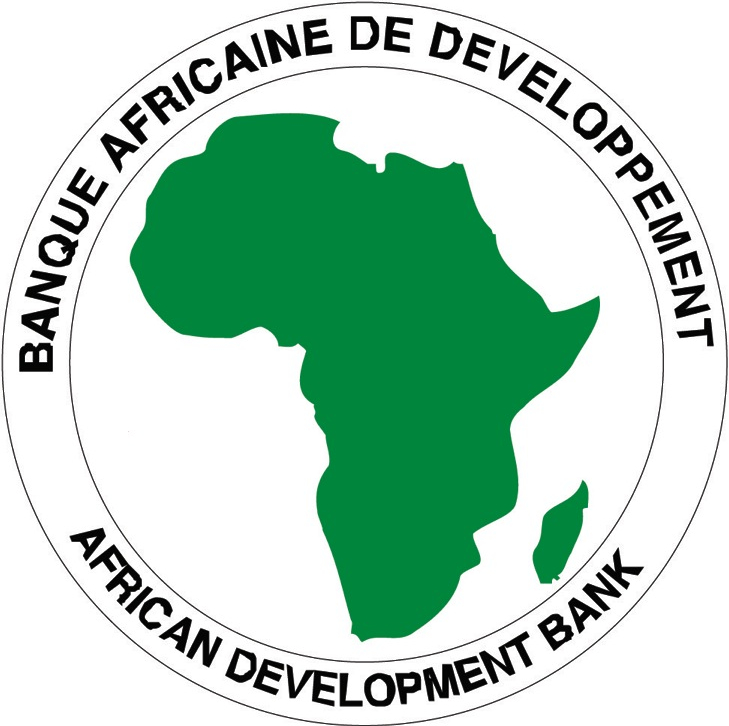Community / Land projects / Malawi - Shire Valley Transformation and Irrigation Program –Phase 1 (SVTP-1)
Malawi - Shire Valley Transformation and Irrigation Program –Phase 1 (SVTP-1)

€21475151.25
02/19 - 12/25
Activo
This project is part of
Implementing Organisations
Donors
Data Providers
General
The proposed operation is the first phase of the Shire Valley Transformation Program (SVTP-I) in Malawi. SVTP is a program of three sequential but partially overlapping phases (with different financiers entering at different times and in parallel financing arrangements). The program is to provide access to reliable gravity fed irrigation and drainage services, secure land tenure for smallholder farmers and strengthened management of wetlands and protected areas. SVTP-I will provide the necessary infrastructure and enabling environment to scale up the deployment of agricultural technologies under SVTP-II in line with the Technologies for African Agricultural Transformation (TAAT) framework to increase agricultural productivity and value addition. SVTP-II shifts investment focus to agricultural investment, private sector and value chain support, as well as the investments in bulk infrastructure for the SVIP-II area. Finally, SVTP-III is the massive scale up phase of investments to the SVIP-II area. SVTP-I has a time frame of seven years from 2018 to 2025 and total cost net of taxes and duties, is UA 155.93 million. The project has four main components, namely: (i) Irrigation Service and Infrastructure Provision; (ii) Land Tenure and Natural Resources Management Support; (iii) Agriculture development and Commercialization; and (iv) Project Management and Coordination.
Objectives
The SVTP-1 objective is to contribute to poverty reduction through increased value addition and provision of infrastructure for increased agricultural productivity and climate adaptation.
Target Groups
The direct beneficiaries of the project are approximately 56,000 families of smallholder farmers. The project will focus on the participation of women and female-headed households (about 40-60% of the total number of beneficiaries targeted by government policy) as well as young people, but will strive to include as many women as possible.



